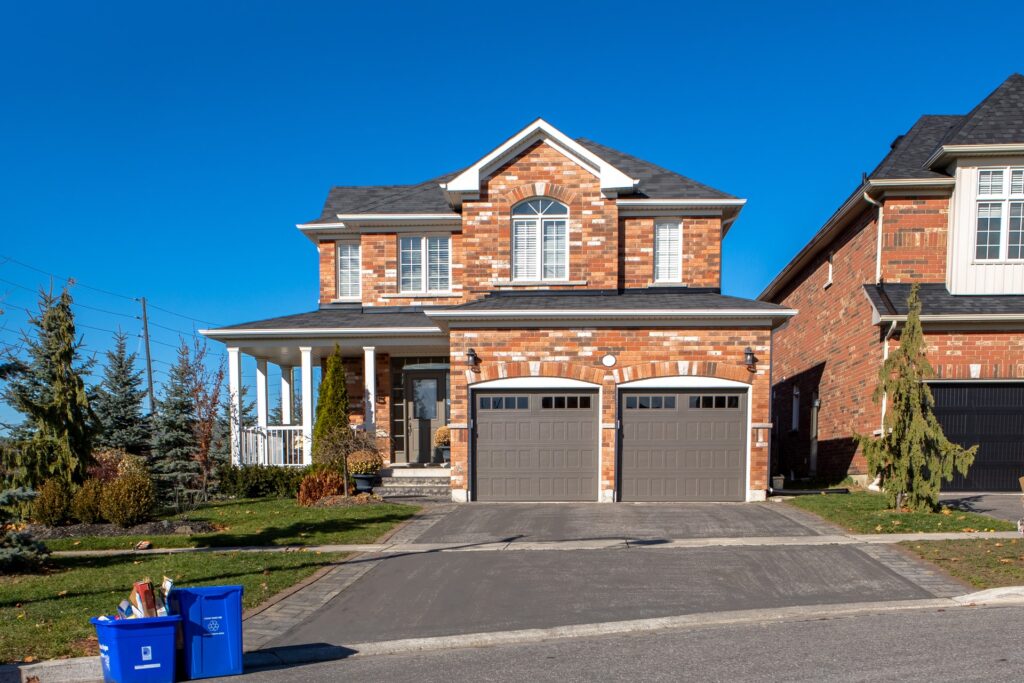
Understanding Site Plans In Construction
Before you’re able to construct any kind of building at a development site, it’s essential that you understand all there is to know about the development site and if it’s able to accommodate your building plans. You can gain the information you require for your project by creating a site plan, which is also commonly referred to as a plot plan. Site plans are architectural documents that provide you with a detailed map of the construction site. This document includes every detail pertaining to how the building will be situated on the site.
The only way to go forward with the construction process is to first obtain the necessary building permits. These permits are approved by the Los Angeles Department of Building and Safety. In many cases, building permits will require a site plan as a portion of the supporting documentation that you provide alongside your permit application.
By including a site plan with your application, you’re able to provide the LADBS with pertinent details about the project, which may be what they need to grant approval. Without a site plan, the review and approval process could be delayed while the building department attempts to gain the information they need. Make sure that your site plan is drawn to scale. If you don’t have experience in drawing site plans, the contractor or builder you’ve hired should be able to create a drawing that serves as the site plan. Most site plans include:
- On-site structures
- Primary structural elements
- Driveways
- Setbacks
- Landscape features
- Power lines
- Utility poles
- Fencing
This article goes into more detail about site plans and how they are used during the construction process.
What is Included in a Site Plan?

Site plans are comprised of many different components, all of which must be included if you want the LADBS to approve your building permits.
1. Property Lines
Property lines are among the most important elements of a site plan. Your own property can’t encroach on an adjacent property, which is why it’s essential that you establish property lines on the site plan you create. Any infrastructure and buildings that surround your property will dictate how your design can be shaped. All dimensions pertaining to these structures should be included on the site plan. Fire hazards, zoning, and building height are aspects of the site plan that depend on everything else that’s currently on your site.
2. Easement
Any feature of one property that’s shared by another property or person is considered to be an easement. Possible easements include a pathway that leads to a community park, portions of a property maintained by an HOA, and utility lines. It’s possible to display easements with text or as graphics.
3. Construction Limits
The construction limits that you place on a site plan are designed to show exactly where the structure is set to be built. Some additional areas that should be marked as construction limits include spots where any construction equipment and supplies will be placed while the construction process is ongoing. This aspect of the site plan is important if you want to make sure that the contractors you hire to keep the building materials and equipment in the right location. Keep in mind that this spot is also commonly referred to as the laydown area.
4. Existing Features of the Site
Any existing features on the construction site must also be included in the site plan that you make. These features include power lines, fence lines, and utility lines. This information can help you determine if inspectors and other city officials will need to be on-site during the construction process.
Make sure that you include fire hydrants in this aspect of the site plan. Emergency personnel and occupants must have access to fire hydrants in certain situations. To account for this need, it’s important that fire hydrants are placed in the site plan before you submit it to the LADBS.
5. Driveways and Parking

Great site plans come with dimensions for curbs and driveways, which you should include if you want to avoid any delays with the LADBS. The reason that these dimensions are important is that many of the local building code requirements pertain to how access to the site is designed.
As for parking, this is an essential feature that must be included on all site plans. If you’re constructing a building in a city environment or commercial setting, this information is necessary to understand how many vehicles will be able to park nearby your structure. Your site plan should incorporate comprehensive parking diagrams that show the total number of parking spaces, dimensions, signage, and the general flow of traffic.
6. Streets and Traffic Lights
When developing a site plan, you should include information that identifies the flow of traffic around and potentially through your property. This information shows how your building will impact traffic. The streets you place on the site plan should include highway signs, stop signs, and traffic lights.
7. Landscaped Area
All proposed and existing landscaping should be included in the site plan that you’re designing. This landscaping information extends to runoff and erosion controls. Along with an exact landscape measurement, you’ll also want to include the type of feature that you’re placing in the site plan. A general rule that you should follow when developing a site plan is to be as detailed as possible with the information you provide. By including as much information as possible, it’s more likely that the LADBS will approve your site plan and permit application without too much delay.
Site Plan vs. Floor Plan

Before you start creating your site plan, it’s important that you know the difference between a site plan and a floor plan. Floor plans are scaled diagrams that are designed to display the exact arrangement of rooms for one specific story in a building. When you want to make sure that the interior features of a building are placed accordingly, you’ll want to develop a floor plan. Most building permits require a floor plan alongside a site plan to make sure that the proposed structure meets all of the local zoning and building codes.
As for a site plan, this type of document displays everything that’s contained within property lines instead of just showing the inside of a building. Some pieces of information that are placed in a site plan include pathways, building structures, and property lines. All site topography should be detailed on a site plan.
Despite some similarities between floor plans and site plans, floor plans are usually kept separate from site plans. The only situation that may call for the incorporation of a floor plan into the site plan is when substantial changes are being made to an existing home.
Deciphering if You Need a Site Plan
Site plans are highly important documents that you’ll likely need to create when developing any kind of building. In fact, it’s better to be safe than sorry when you’re thinking about making a site plan. You don’t want to be in a situation where you believe that you don’t need a site plan but find out that the document is required after you’ve already sent in your permit application. This mistake could lead to lengthy delays with your construction project. You’ll likely require a site plan if:
- You want to remodel or remove a current swimming pool.
- You’re seeking a conditional use permit for a commercial property.
- You want to redo your existing landscape.
- You’re sending in a building permit application in a city that has tree protection requirements. The LADBS may require this information to identify if additional protection is necessary for trees on your property.
- You’re sending in an application for a demolition permit in order to demolish your home or another structure.
- You want to sketch a new roofline.
- You’re sending in a building permit to create an outdoor structure of some kind.
- You have some encroachment issues with your neighbor.
- You want to better understand the dimensions of your property.
- You want to display how your home relates to the surrounding property lines.
- You would like to have a road map for yard work that needs to be done.
If you’re thinking about hiring a professional to create a site plan for you, this type of plan can cost you anywhere from $600-$1,200, which includes the cost of a land surveyor. If you obtain a drain field report and perc test results, you can use this information to develop your site plan.
Whether your next construction project is small or large in scope, a site plan will likely be needed if you’re also required to apply for a building permit. Even though a site plan is mainly meant to be used by the building department that approves building permits, you’ll also benefit from this document while the construction process is ongoing. For instance, the document can be referenced to make sure that all of the unused equipment and materials are being placed in the correct area.

Jason Somers, President & Founder of Crest Real Estate
With over 15 years of professional experience in the Los Angeles luxury real estate market, Jason Somers has the background, judgement and track record to provide an unparalleled level of real estate services. His widespread knowledge helps clients identify and acquire income producing properties and value-ad development opportunities.
Learn more about Jason Somers or contact us.



